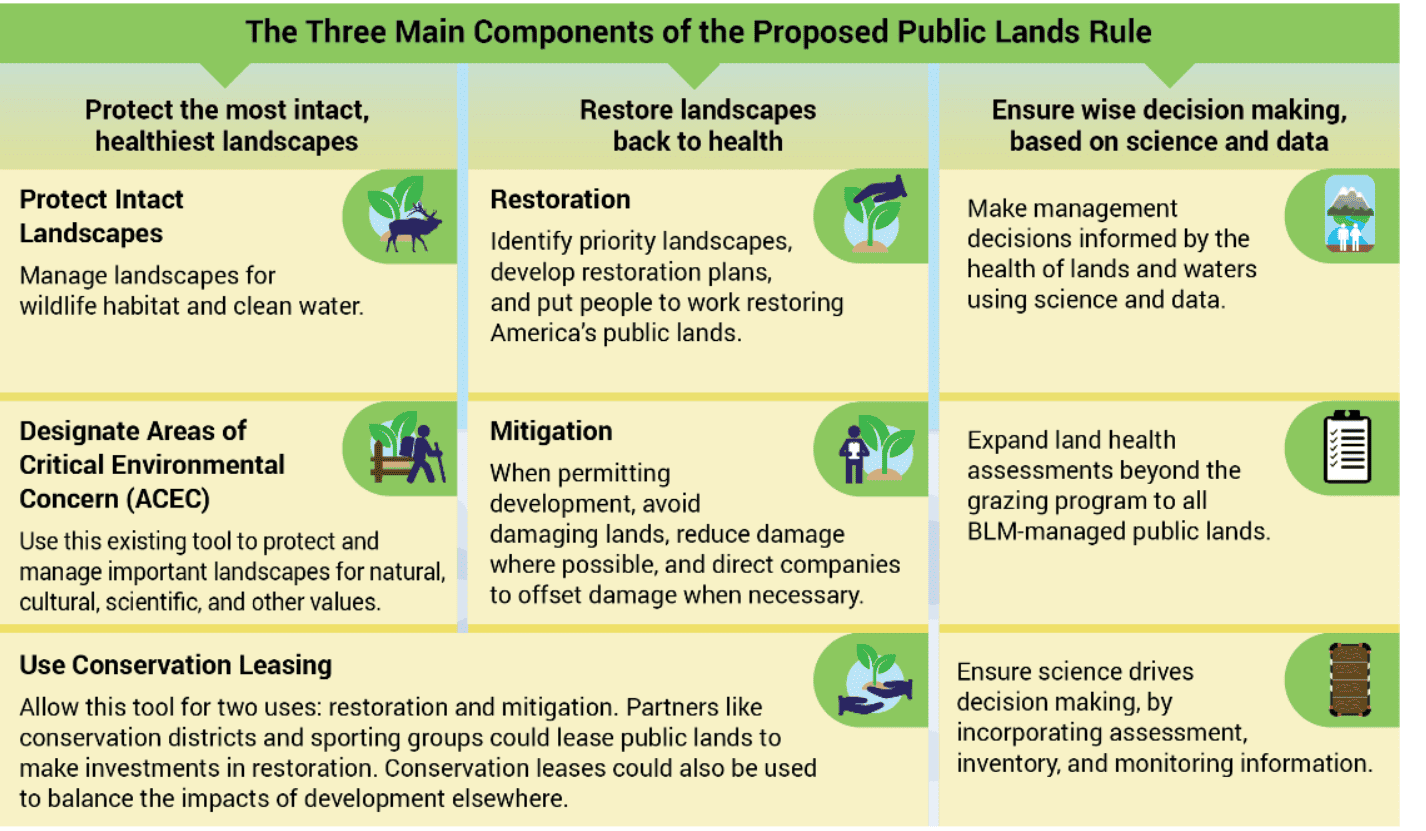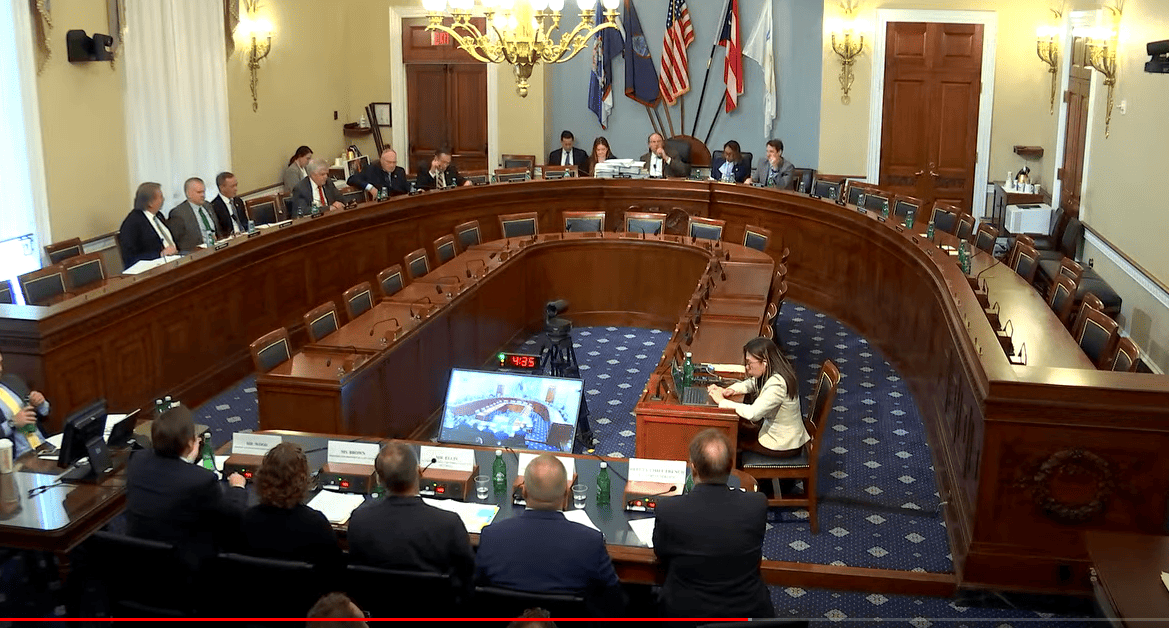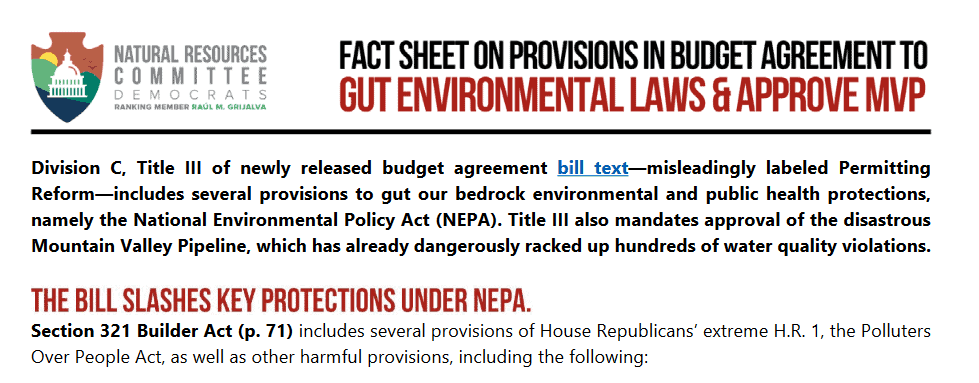I’m going to do a series of posts on the BLM proposed rule, don’t know how many yet. I was intrigued by a couple of things… first, the coverage by some was “the best thing since sliced bread” and by others “potential to kick out current users.” Of course, some people think that kicking out current users is the best thing since sliced bread, so there’s that. Then I happened to sit by some BLM retirees, who pointed out “we can already do this, and have done so.” In fact, they gave me all kinds of examples of conservation lease-like stories, which I am hoping to inveigle someone to write about (either for TSW or reporters) because they are stories that haven’t been covered as far as I know.
Anyway, I attended the Denver/Golden public meeting on the Proposed BLM Rule. There were folks from various other States (state government) there, and the folks from Utah Diné Bikéyah- those are just the folk I spoke with, not a random sample. I counted about 70 folks there.
The BLM Director and Nada Culver were there as was the State Director, Doug Vilsack. Career folks gave the presentation. We submitted questions on file cards, and they answered some. Then we broke up and there were lines for questions on different topics. I tried to overhear other peoples’ questions, but the acoustics made that fairly difficult. They said that the questions that weren’t answered would be answered in the online Q&A’s. I learned many things, including how to pronounce ACEC’s… ay cee eee cee’s.
The other thing they mentioned was that they had asked local managers to do sensing with their partners in addition to the formal meetings. It would be interesting to see how this is being carried out. Please comment if you’ve been involved.
It seemed like the audience, based on the questions, was curious about the rationale for this rulemaking. The argument from the BLM is that “we can manage better with these regs in place.” Questioners thought that many of the things in the rule were already being done. I heard a couple of answers “this is a framework” “it provides consistency” but my guess is that it’s protection-by rulemaking- to narrow the decision space of future administrations. It would take time to undo a reg.. and groups would argue that it would be the end of life as we know it if the reg were removed. I guess if that’s really true, they can’t say it out loud, and so that makes for fuzzy answers. It is 2023 and we all know what happens next year.
It seems to me that the Biden Administration is between a rock and a hard place. If we think of politics as being about “rewarding your friends and punishing your enemies”, the Biden folks have two sets of friends with different goals.. one wants to “protect” federal land acres, and the other wants to cover federal lands with solar panels and wind turbines. Both sides probably want to kick out oil and gas, OHVs and perhaps cattle grazing. If we were logical about this.. when the Admin came in they could have set up a national program to pick out places for each. My guess is that we would find out it’s impossible to do 30×30 with protected areas and have the number of renewable installations and powerlines desired. So perhaps the easiest thing for them was to kick the can down the road and have us hash it out place by place.
Here’s an example of rewarding your friends, from last year
Shortly after Secretary Haaland’s announcement, BLM posted an updated rent manual chapter, which adjusts downward the amounts charged to existing and new wind and solar energy projects located on public lands.1 BLM expects the revised rates to reduce bills by over 50 percent on average.
Now we know that those industries already get many regulatory and tax relief advantages as well.
And then there’s Monumentizing.
“The president’s actions today show that he is listening to communities and tribal nations that have been calling for the protection of natural and cultural resources and for safe, equitable access to more public lands,” Jennifer Rokala, executive director of the Center for Western Priorities, said in a statement. “But he still has a long way to go to reach the 30×30 goal.”
Now if you do the math, and you define “protection” as being in some kind of specially “protected” area, and you also have a goal of increasing wind, solar and transmission lines, there might not be enough land at all, let alone much left for the rest of us.
So one way of looking at this proposed regulation is “does it change who will be calling the shots on what uses will be favored?” Can the tools in it be used to divvy up land between “protection” interests and renewable corporate interests? And some people are reacting in a non-trusting manner to assurances that their uses won’t be affected. I have some ideas as to why they might not be trusting. This might be helpful during the next election cycle, and for the next Admin.
1. If the President goes after certain uses (most notably the Prez promising to end oil and gas leasing on federal lands), and then have a reg that you say “will have no impacts”; it’s going to be hard for people to trust you. The choices of political appointees and the organizations they came from speak for themselves, as folks on TSW have pointed out. But that’s water under the proverbial bridge, so..
2. Focus on one thing. As this shows, it’s a three-part rulemaking. This reminds me a bit of the kitchen-sinkery MOG ANPR; one wonders if this is a new rule-making strategy..maybe people won’t find the parts they won’t like if you throw enough different ideas into the mix.
3. So you can’t/won’t make “wise” decisions without the reg? Decisions now aren’t based on “science” nor “data”? This is a bit puzzling. Because I thought they always have been.. it also doesn’t place current employees nor the current Admin in a particularly good light.. are they making “unwise” decisions now? This does not sound right.. so doesn’t lead to trust.
Next post: Abstractions Run Amok





